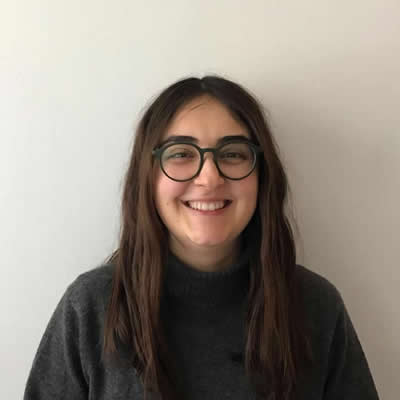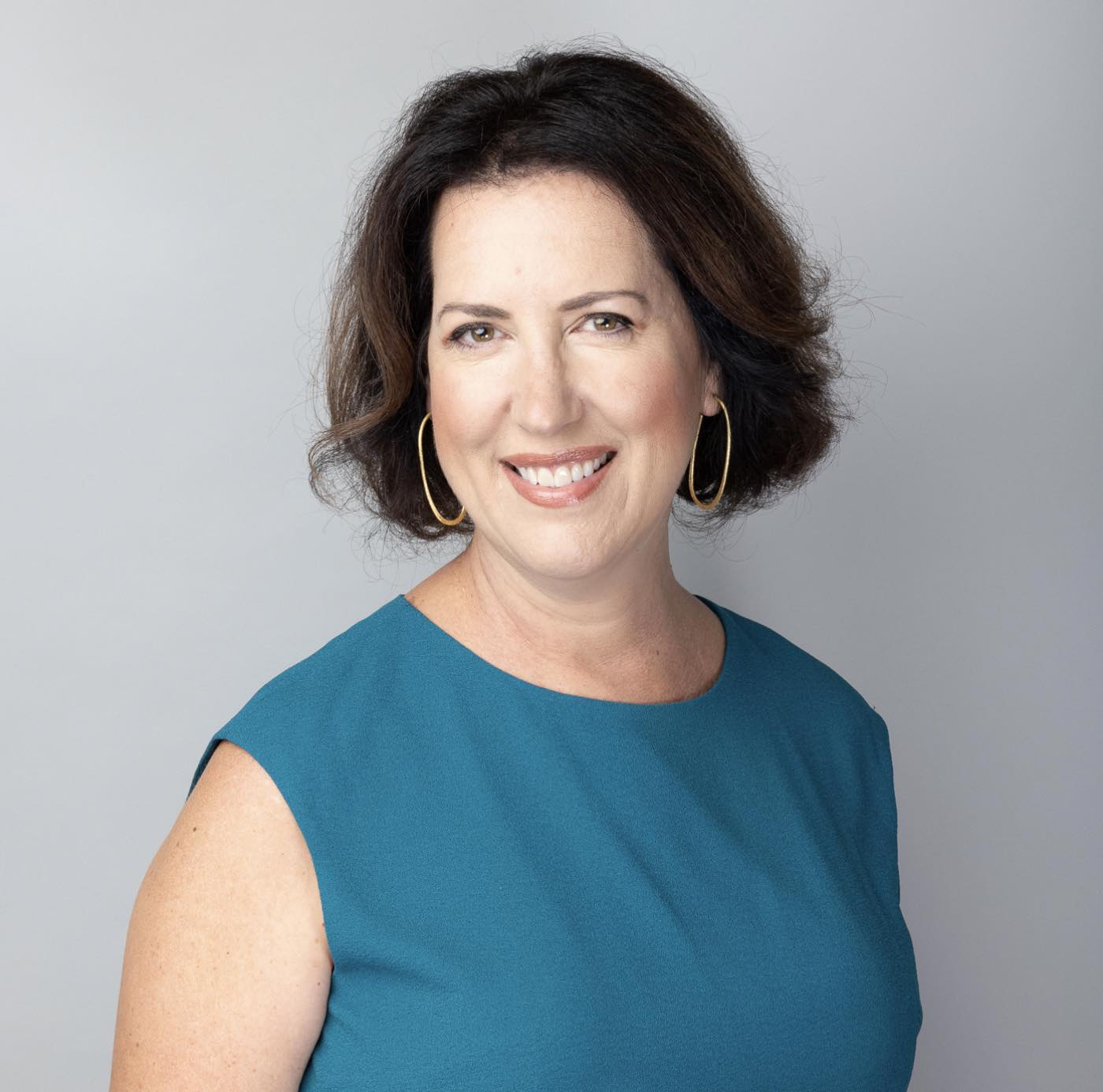Critical Language Education in Professional Development
For the next few months, I will be inviting voices from a variety of contexts to share their work and thinking on professional development (PD). This post, guest written by Ceren Kocaman and Ali Fuad Selvi, focuses on how critical approaches can help educators transform their pedagogical and research practices.
Ceren Kocaman is a PhD candidate and a lecturer at the University of Potsdam, Germany. She worked with civil society organizations in Turkey before she started teaching English in North Cyprus. Her research draws from these experiences and focuses on critical pedagogy, materials development, and language teacher identity in critical language teacher education settings. She is currently coediting International Perspectives on Critical English Language Teacher Education: Theory and Practice (Bloomsbury) with Ali Fuad Selvi.
Ali Fuad Selvi is an assistant professor of TESOL and applied linguistics in the MA TESOL Program at the Department of English at the University of Alabama, USA. His research interests include Global Englishes and its implications for language learning, teaching, teacher education, and language policy/planning; English-medium instruction, issues related to (in)equity, privilege, marginalization, and discrimination in TESOL; and critical English language teacher education. In addition to his scholarship in these areas, he is currently coediting International Perspectives on Critical English Language Teacher Education: Theory and Practice (Bloomsbury) with Ceren Kocaman.
Today, we live in a world characterized by diversity and increased visibility of ethnic, linguistic, gender, and racial identities (among others). This is also a world characterized by widespread systemic crises such as growing violence and wars, involuntary migration, climate change, and social inequalities in terms of wealth, income, education, and access to food, housing, and healthcare, just to name a few. We know that these changes and crises are now part of our lives, identities, classrooms, and practices as TESOL professionals (teachers, teacher educators, material developers, test designers, and researchers). Therefore, being and becoming a TESOL professional means having the pedagogical identity (stance), initiative (agency) and capacity (skillset) to respond to these realities through designing, instructing, and assessing language learning. As a result, many critical approaches, such as critical pedagogy, queer pedagogy, raciolinguistics, decolonization, and Global Englishes language teaching have helped us transform our pedagogical and research practices.
Critical approaches in language teaching have three main things in common. First, they help us see where power imbalances and unfairness exist. Second, they question and challenge the beliefs, values and principles we normally assume to be true about language teaching and learning. And finally, they can lead to positive changes in society and how we teach and research language.
Why Be Critical?
Language teaching and learning are not neutral but are ideological acts. When teachers and students enter classrooms, they bring with them their values, certain ideologies, and their histories. Criticality encourages us to engage with learners in ways that recognize their needs and lived experiences inside and outside the classroom and respond to these in meaningful ways. When we practice criticality, we see teachers and learners as whole, instead of a standardized set of skills and competences. Learners’ (and teachers’) identity development gains importance in addition to language and PD. In this context, teacher education itself has a critical role and importance in creating more inclusive and socially just language teaching-learning environments and fostering humanizing pedagogy through the way it understands the roles, responsibilities, identities, and pedagogical repertoires of teachers.
What Can Critical Language Education Look Like in Professional Development?
In our upcoming edited volume International Perspectives on Critical English Language Teacher Education: Theory and Practice (Bloomsbury), teacher educators across the world document the ways in which they innovatively practice criticality in their respective pre-/in-service teacher education contexts. The contributions in this volume show the ways in which our experiences of language learning, teaching, and use have been shaped by the cultures that we live in, systems we interact with, and the ideologies that surround us in ways that, in turn, shape the way we interact with our students, make pedagogical decisions, and perceive our professional identities as teachers and educators. So what can criticality in PD look like?
Raising Awareness
Most critical approaches to language teaching and PD start at the level of awareness raising. Some questions that teachers and teacher educators ask themselves are:
- What ideologies have shaped my experiences with language learning and use and are dominant in the context that I’m working?
- How do my learners experience these in their day-to-day lives and in the classroom?
- Who benefits or is harmed by my pedagogical choices/decisions/beliefs and practices?
- In what ways am I addressing broader issues of power, inequality, and social justice in my language teaching and through my choices undergirding my instruction, assessment, materials, classroom environment?
- How am I fostering the connection between language learning and my learners’ lived experiences and identities?
Engaging in such critical reflection allows teachers and teacher educators to see the limiting effects of standard language ideology, values that are assigned to the English language, or the influences of other ideologies (e.g., heteronormativity) on learners’ language development, motivation, and investment. This base level of awareness is the first step and prerequisite in thinking of and findings ways to disrupt and transform discriminatory practices in schools and classrooms.
Collaborating
Critical language teaching is relational. Throughout our research, teaching, and interaction with colleagues, we have seen criticality work when trust has been established and when educators and learners show up with curiosity, openness, and kindness. It’s through this foundation that learners and educators can start to question the taken for granted assumptions that they bring to language teaching and learning and to the way they language. And it is this collaboration between/among learners and educators that is at the heart of criticality.
Taking Action
Critical language education strives to be transformative and go beyond the level of awareness raising. Criticality is at the core of teachers’ and learners’ identity development. Teachers practice criticality through the way they establish rapport with and understand their learners (by recognizing their learners’ diverse identities, through asset-based pedagogy, etc.), choose their language learning methods and materials (translanguaging, queer pedagogy, culturally responsive pedagogy, decolonizing pedagogies, Global Englishes language teaching, etc.) and the way they assess their learners’ language development (e.g., alternative assessment). Critical practitioners recognize that transforming unequal power dynamics, interpersonal relationships, communities, and systems is a long process and requires all stakeholders involved in the language learning and teaching process to use their agency and show resilience in big or small ways in responding to the challenges of our day.



